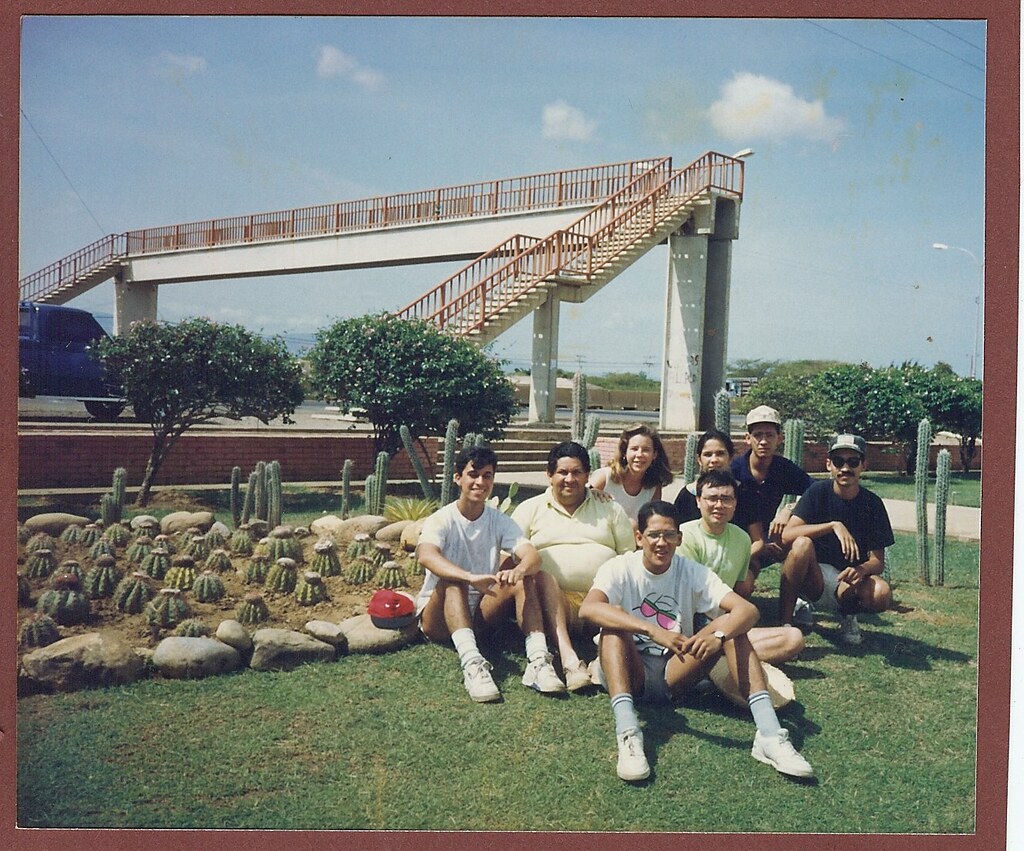This strategic plan, released on January 17 by Commissioner Stephen Bowen, outlines five core priority areas with detailed goals, objectives, and action plans to implement change in these areas.
The five core priority areas are:
- Effective, Learner Centered Instruction
- Great Teachers and Leaders
- Multiple Pathways for Learner Achievement
- Comprehensive School and Community Supports
- Coordinated and Effective State Support
The first challenge Bowen identifies is that our schools are struggling to accomplish what they need to accomplish. On page 3, he states: "The state's higher education institutions report that a shockingly high percentage of incoming students require remedial coursework." He emphasizes on page 4 that "our schools are not struggling due to a lack of effort."
The second challenge is that recent efforts to improve schools have come up short. Since high-stakes testing has driven assessment, other content areas have suffered. A telling statistic from a University of Indiana study revealed that "67% of students report being bored in school every day" and over half reported that they do not see how the material was relevant to them (p. 4). The intensive work done to raise test scores have made "little discernable impact" and "a narrowing of the school curricula at a time when the job creators of the 21st century are calling for more emphasis on creative and innovative thinking and skills" (p. 4).
The third challenge is that our traditional approach to education is standing in the way of success. I found this challenge to be a real eye-opener, as it explained how a committee of ten people sat down over a hundred years ago and wrote our current blueprint for a school day. The blueprint was not designed for students who would pursue college but who would get a full, well-rounded education in high school. It was not designed to meet the needs of the learner, but to cover subjects. Bowen ends the write-up of this challenge with: "We have to address the basic architecture of the industrial-era model of schooling built more than a century ago" (p. 5). Everything we know to be true about a traditional school day, a traditional learner, and "factory-style bell schedules" must be addressed.
Challenge four is that change must be achieved within existing resources. Our budgets are decreasing, not increasing. We need to maximize what resources we have available (and in my own opinion that means to leverage the incredible brain power of the great teachers in the system).
How will this plan be able to accomplish its goals for the five core priority areas while facing these challenges? According to Bowen's introductory essay, change will come through instructional practices, effective teachers and school leaders, multiple pathways to student achievement, a comprehensive network of school and community supports, and careful alignment of the entire educational system.
The document then goes into detail of each core priority area with goals, objectives, and action steps for each area.
Here are the core goals. There is a lot more information in the report--take the time to read it--find it here. It's 36 pages long, so not really lunch-break reading, but definitely worth the time to sit and digest the proposed goals. I think in a few years it will be interesting to see where we are at with them.
Effective, Learner Centered Instruction
Goal: A variety of instructional materials aligned with the Maine Learning Results, which include the Common Core standards, are readily available and support the instructional practice of Maine educators.
Goal: Learner-centered instructional strategies are in place in all Maine classrooms.
Goal: All Maine teachers have access to modern, 21st-century assessment systems and use assessment information to inform instruction.
Goal: Maine's educators have ready access to helpful data and regularly use it to tailor instruction and improve student outcomes.
Great Teachers and Learners
Goal: Educator preparation, training and evaluation are informed by a common understanding of effective teaching and leadership/
Goal: Maine educators are consistently supported through high-quality training and professional development.
Goal: Highly effective teacher evaluation systems are in place in every Maine school district.
Goal: Maine's educators participate easily and often in statewide sharing of instructional best practices and professional development opportunities.
Multiple Pathways for Learner Achievement
Goal: All Maine students learn in a proficiency-based model that allows them to move at their own pace and advance when they have mastered learning outcomes.
Goal: Learner-designed assessments are used in schools across Maine, making students active participants in setting and meeting expectations.
Goal: A wide variety of learning opportunities and settings gives all students access to educational options that work for them.
Goal: All Maine learners actively participate in digital learning opportunities that engage them and allow self-directed, self-paced learning.
Comprehensive School and Community Supports
Goal: All students with special learning needs have access to efficient, effective and appropriate services that help them succeed.
Goal: Coordinated health and wellness programs contribute to a healthy school environment that helps learners make the most out of school.
Goal: Schools and districts are engaged in unprecedented partnerships with families and the broader community as a way to expand learning opportunities for students.
Goal: Students commonly access internships, apprenticeships, and other opportunities to learn in workplace settings, apply academic lessons, and explore potential career fields.
Coordinated and Effective State Support
Goal: Maine students are able to move easily through a learner-centered educational system fully integrated from early childhood to adulthood.
Goal: Maine's students are supported
through adequate and effective state resources.
Goal: Information and instructional technologies are supporting instructional practice and efficient school system operations.
Goal: An effective school and district accountability and improvement system helps Maine's schools meet the needs of all learners.

